What It’s Like to Explore China Right Now
See What’s Changing in China
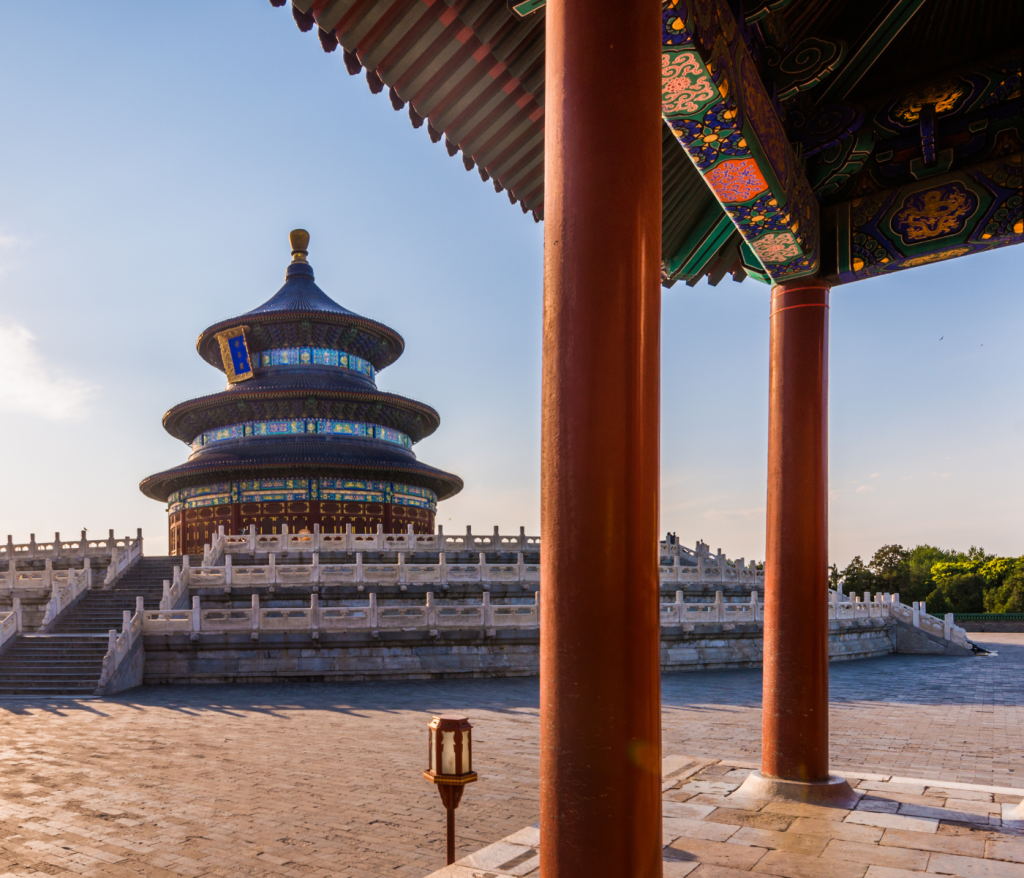
This June I visited China and couldn’t help but notice how much the country has transformed, all while holding on to traditions that go back thousands of years. What stood out most wasn’t politics or rules but the people, quick to help, eager to chat, and take great pleasure sharing their local dishes. Friends linger together in crowded parks, families gather around tables, and strangers go out of their way to make sure you find your stop on the metro. That sense of hospitality and everyday warmth gives the country a rhythm you carry with you long after the journey is over. Read along to see what it’s like to explore China right now.
Moving Through the Country
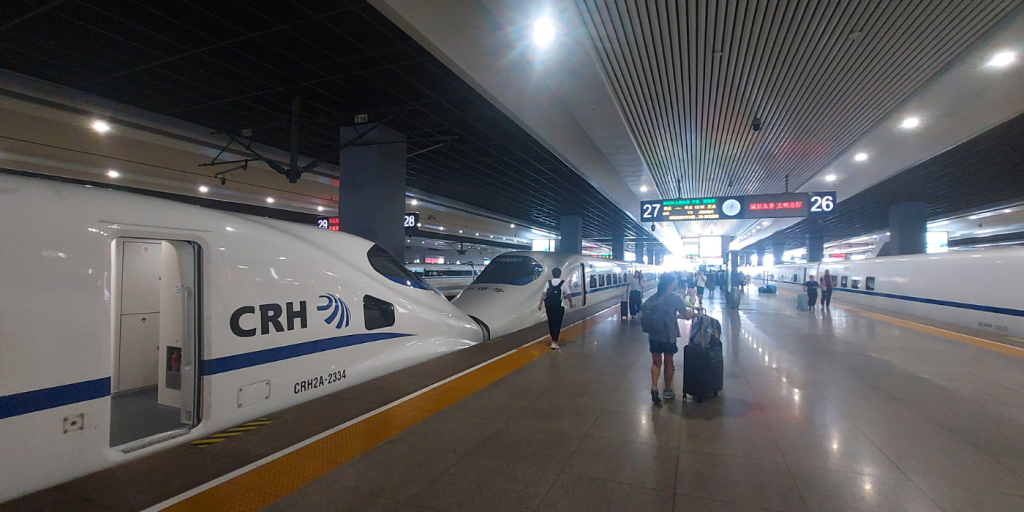
One of the first things I noticed was how easy it is to get around. High speed trains cover long distances at about 250 kilometers per hour in smooth comfort, turning major hops into a few hours. Metros in big cities help you avoid traffic, even if they can be crowded. Taxis are easy to find and reasonably priced. For longer routes, domestic flights are widely available, several new airports add comfort, and modern highways now connect many cities.
How Money Works Today

China has shifted almost entirely to mobile payments. Alipay and WeChat Pay are accepted everywhere, from restaurants to small street vendors. I leaned on WeChat because it also serves as the country’s main messaging platform. Carrying cash is still useful though. Hotels usually do not exchange currency, ATMs are harder to find than expected, and banks require some planning, so having both options makes travel smoother.
Meals That Tell a Story
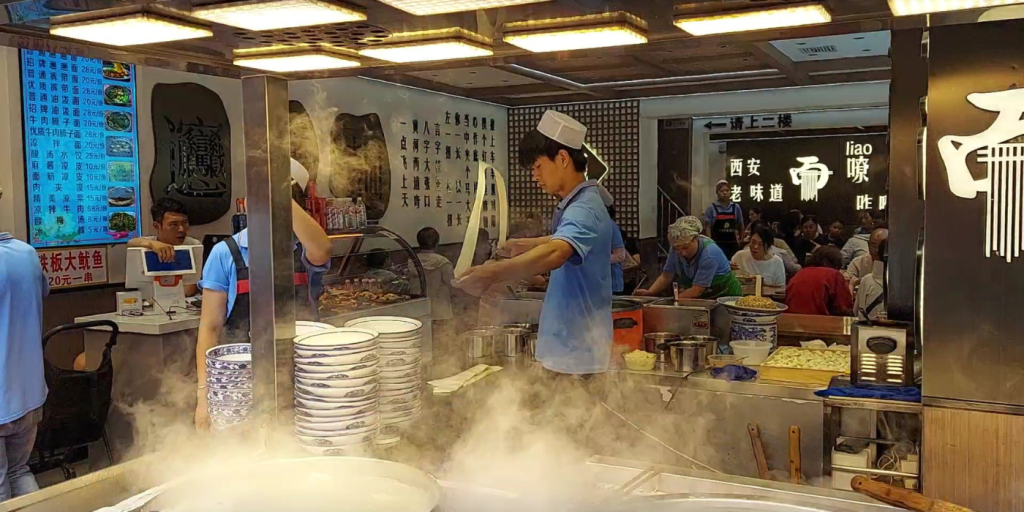
Food in China is a cultural experience. At one end of the spectrum are elaborate twelve-course banquets, while at the other are quick and inexpensive meals like steamed buns or bowls of noodles. Both are integral parts of daily life and have a story to tell about the region.
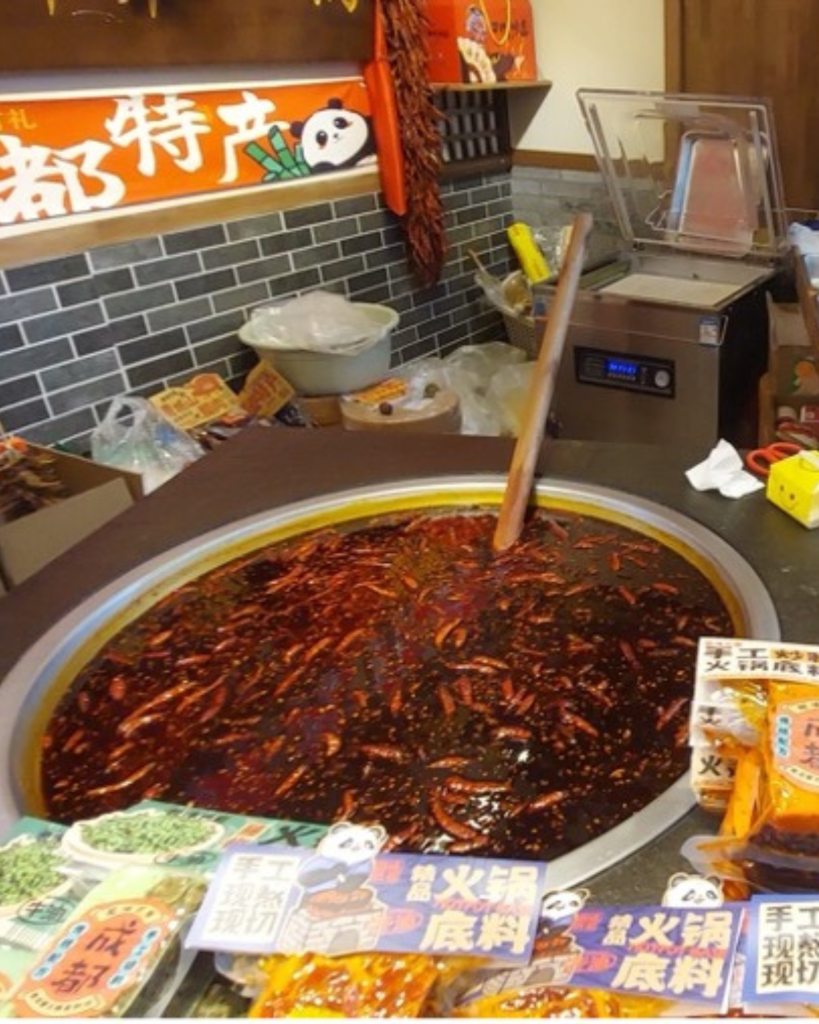
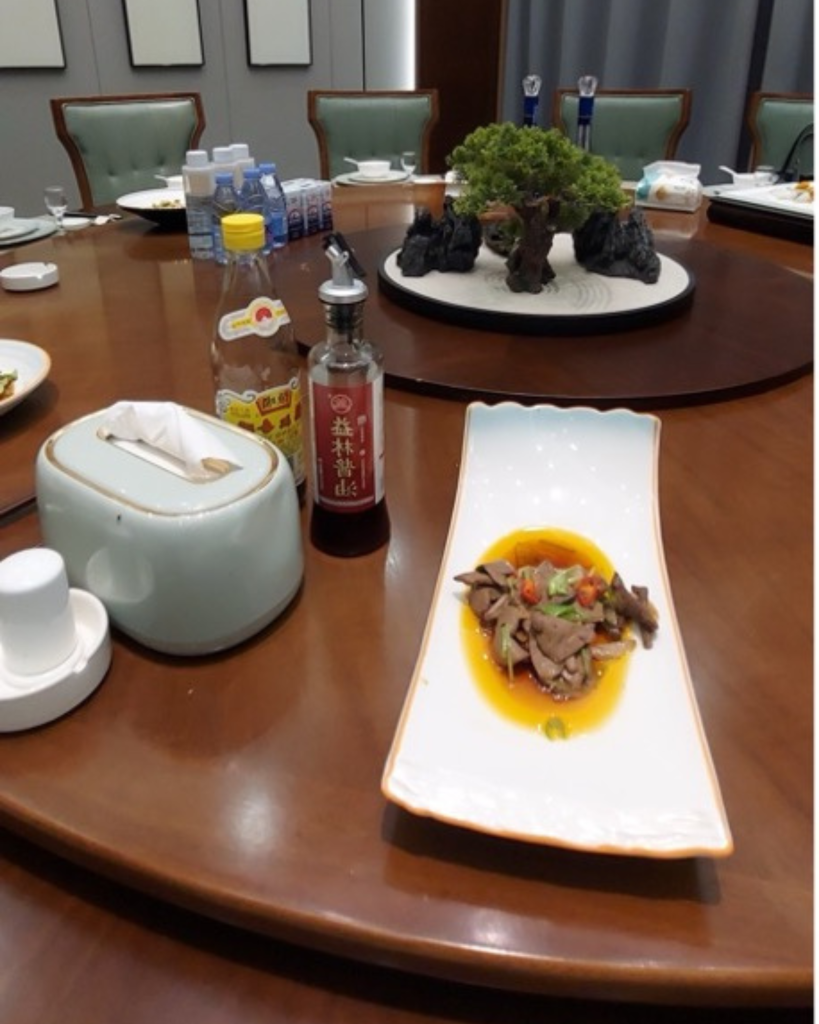
Each region brings its own specialties. Sichuan’s peppers deliver a fiery kick, Beijing is known for its famous roast duck, and northern provinces favor hearty dumplings. Hand-pulled noodles (la mian) are not just a tasty treat, but an impressive show by chefs hand-throwing, twisting, and pulling dough into noodles. Meals often reflect centuries of regional history and remain one of the best ways to understand the country’s diversity.
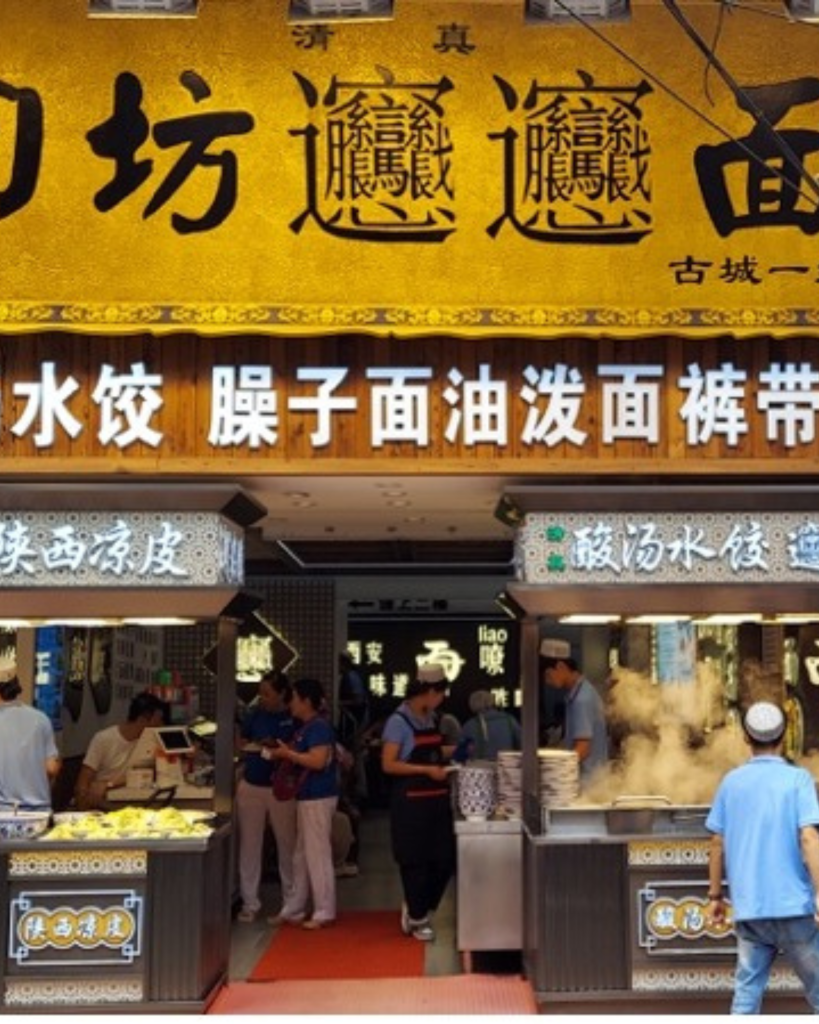
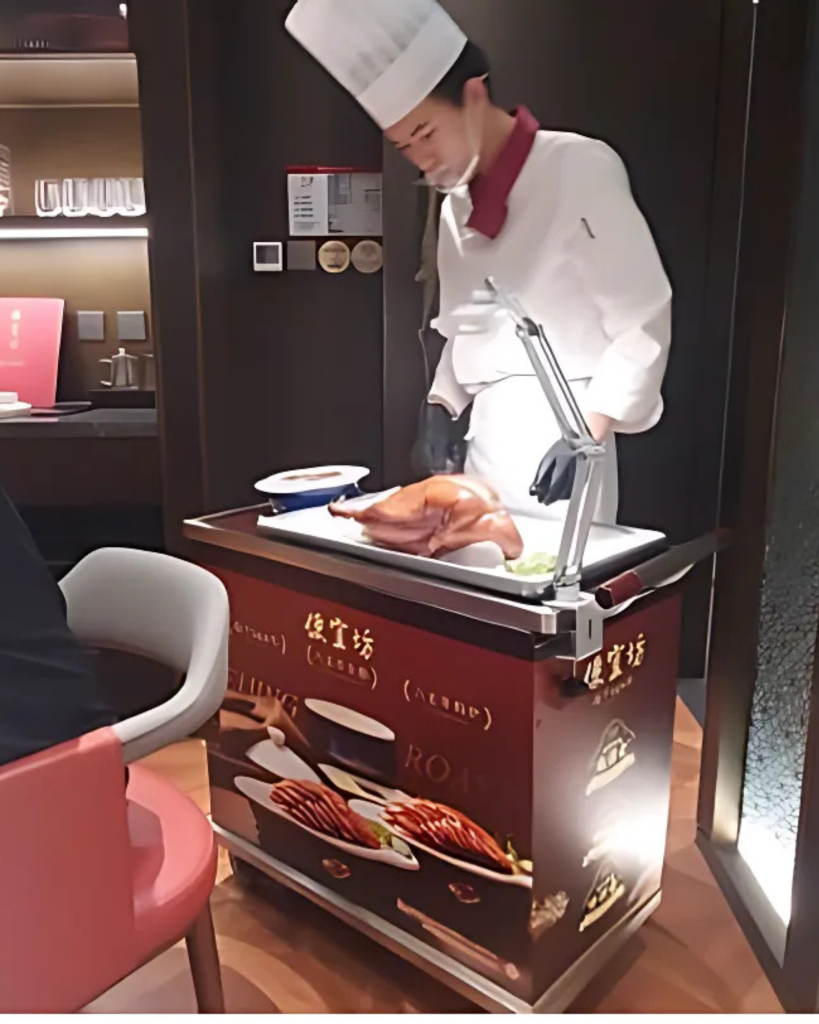
Planning Ahead for Visas
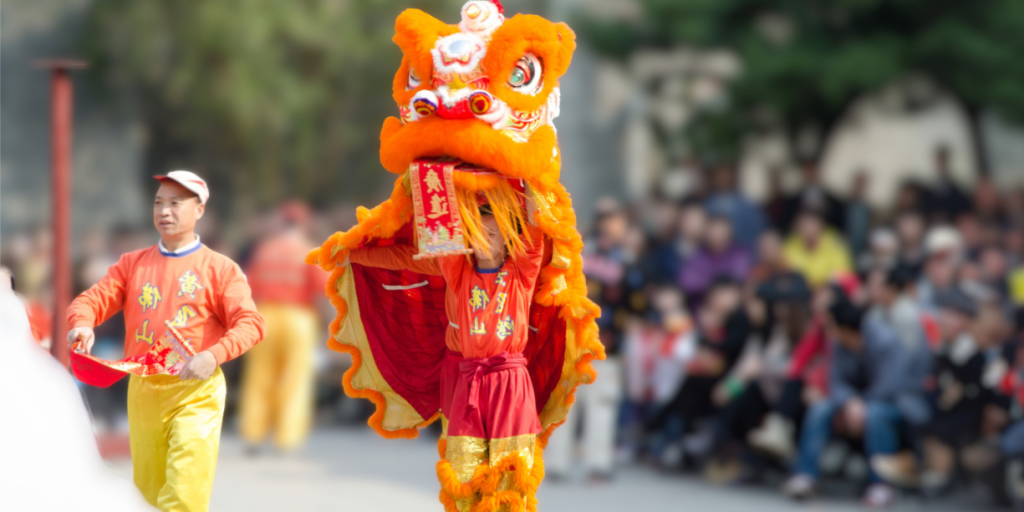
For U.S. travelers, a visa is required. The process is relatively straightforward: complete the online application, then submit your passport to the nearest Chinese consulate with supporting application—confirmation of flight tickets or invitation letters are currently no longer required. Many people hire visa services to handle this step. Most travelers receive a ten-year tourist visa, which makes return visits simple.
If you are considering a trip, always double-check the latest requirements before applying: Chinese Visa Information.
Beyond the Big Cities
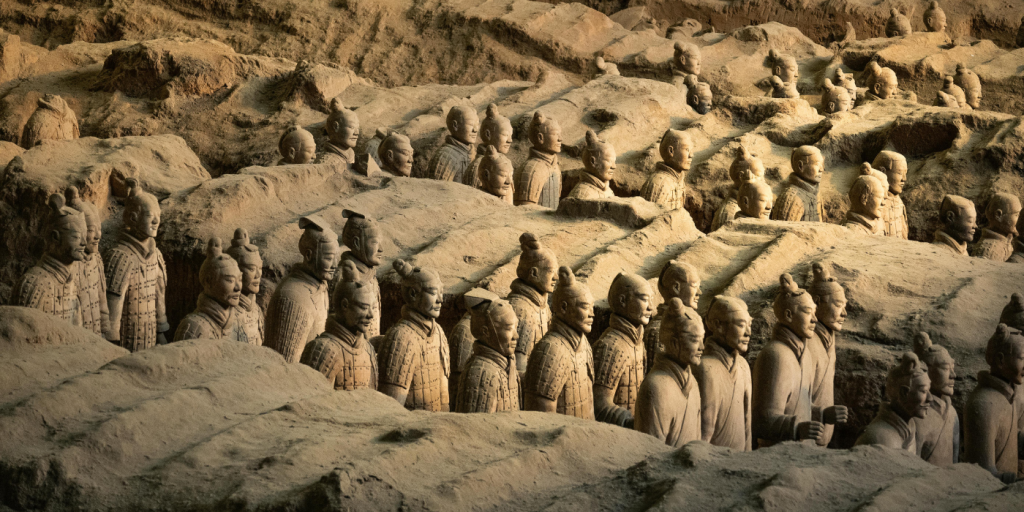
Beijing, Shanghai, Xi’an, and Chengdu are must-see destinations filled with history, architecture, and energy. Now more than ever these modern cities also display tributes to the cultural past. In Xi’an for example, a pedestrian zone, known as “Great Tang All Day Mall” flanks the Big Wild Goose Pagoda, and displays traditional Tang era architecture, monuments to Tang Dynasty’s well-known poets, including live renditions of famous poems, visitors in traditional costume, and vendors offering local dishes. But even a “small” city in China is home to millions, so it is valuable to balance urban time with days in the countryside.








